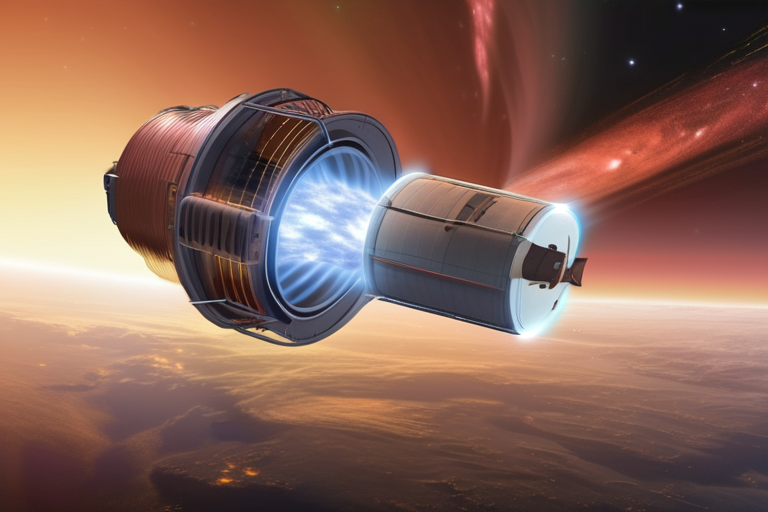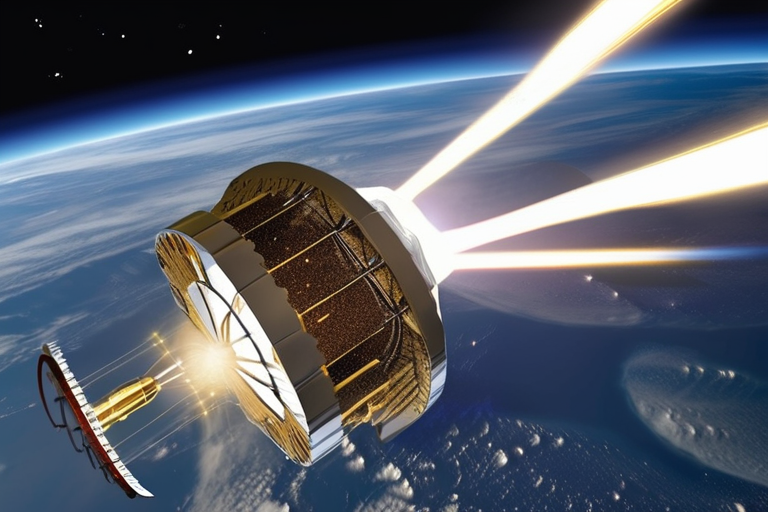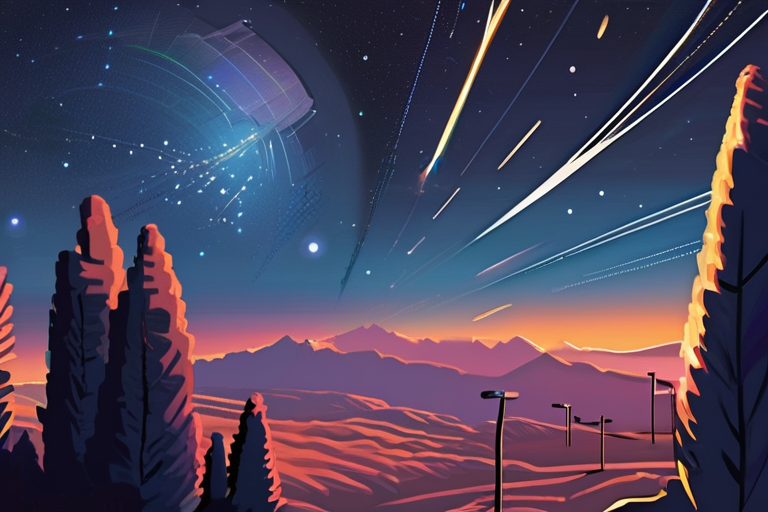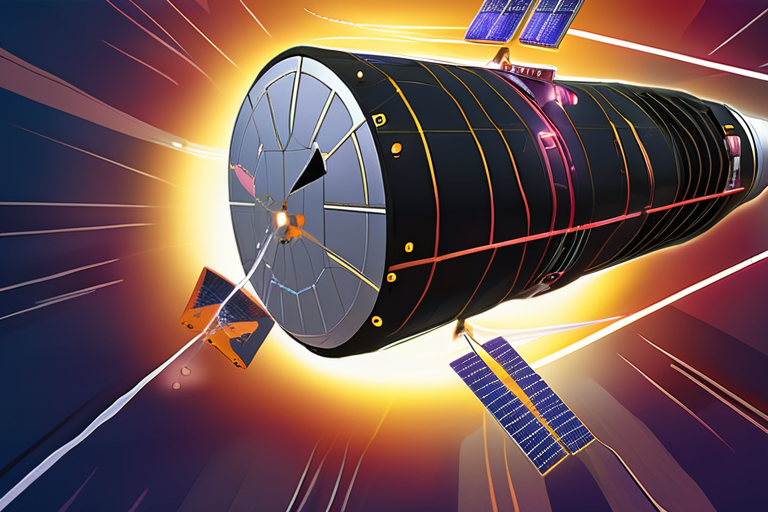Removing 50 high-risk space objects from orbit could halve collision danger


Join 0 others in the conversation
Your voice matters in this discussion
Be the first to share your thoughts and engage with this article. Your perspective matters!
Discover articles from our community

 Hoppi
Hoppi

 Hoppi
Hoppi

 Hoppi
Hoppi

 Hoppi
Hoppi

 Hoppi
Hoppi

 Hoppi
Hoppi

Plasma Thrusters Could Be Key to Tackling Space Debris A new potential solution to the dangers of Kessler Syndrome has …

Hoppi

Removing 50 Objects from Orbit Would Cut Danger from Space Junk in Half SYDNEY, Australia (September 22, 2023) - A …

Hoppi

Removing 50 Objects from Orbit Would Cut Danger from Space Junk in Half SYDNEY, Australia (AP) — A new study …

Hoppi

Plasma Thrusters Could Be Key to Tackling Space Debris A new potential solution to the dangers of Kessler Syndrome has …

Hoppi

The Sky Isn't Falling, but Starlink Satellites Are A spectacular light show has been captivating the attention of residents in …

Hoppi

Plasma Thrusters Could Be Key to Tackling Space Debris A team of engineers has proposed a novel solution to the …

Hoppi